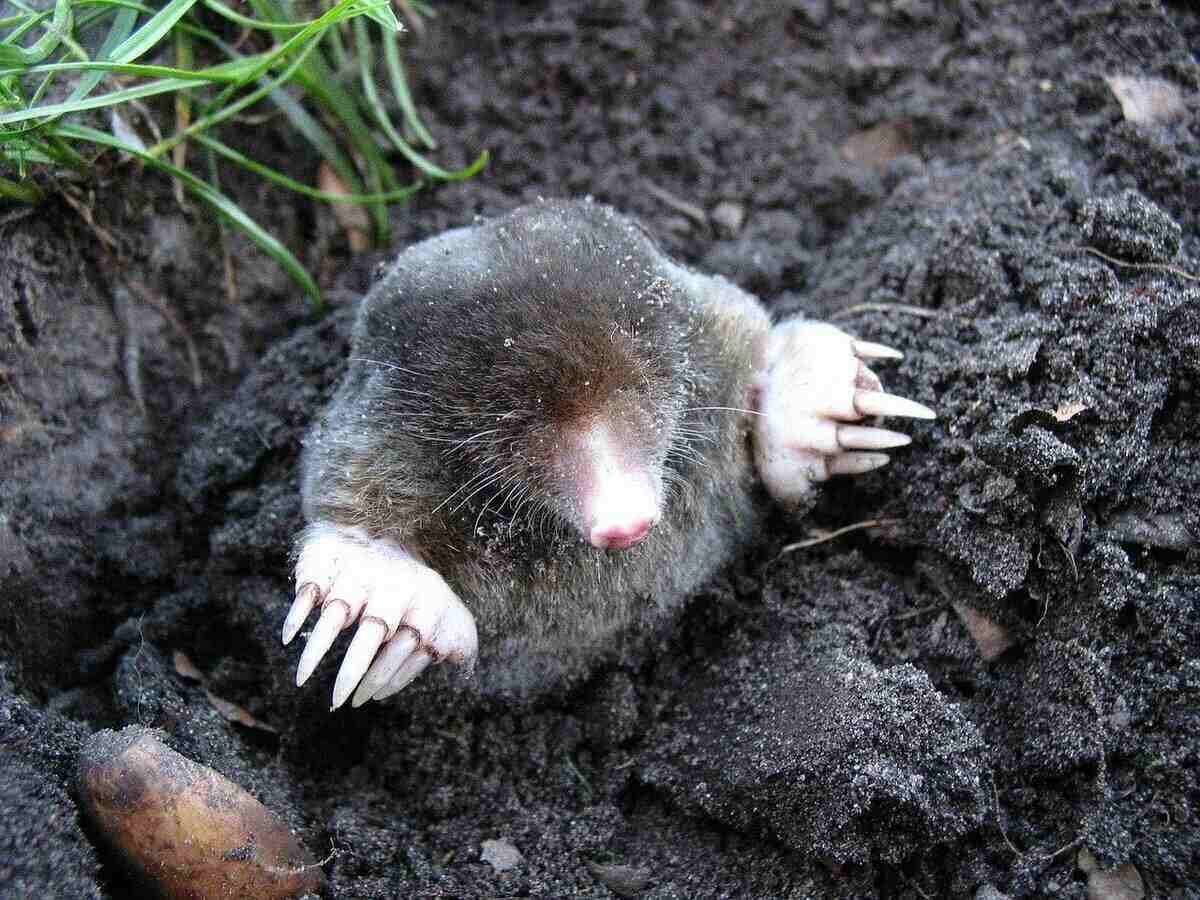

Articles
How To Get Rid Of Moles In The Garden
Modified: September 2, 2024
Learn effective methods for getting rid of moles in your garden with expert gardening tips and techniques. Protect your plants and achieve a beautiful, mole-free garden.
(Many of the links in this article redirect to a specific reviewed product. Your purchase of these products through affiliate links helps to generate commission for Storables.com, at no extra cost. Learn more)
Introduction
Welcome to the world of gardening, where we cultivate beautiful flowers, grow delicious vegetables, and create serene outdoor spaces. However, there is one persistent garden intruder that can wreak havoc on all our hard work – the mole. Moles are small, burrowing mammals known for their ability to tunnel through the soil with incredible speed and efficiency. While they may be impressive creatures, their presence in the garden can cause significant damage to plants, lawns, and even irrigation systems.
In this article, we will delve into the world of moles and explore effective ways to get rid of them in your garden. Whether you are a seasoned gardener or a novice green thumb, understanding mole behavior and implementing natural control methods can help you maintain a pristine garden environment.
Before we dive into the solutions, let’s take a closer look at what makes moles such unique and challenging garden pests.
Key Takeaways:
- Protect your garden from moles by understanding their behavior, identifying signs of damage, and implementing natural control methods such as castor oil, vibrating devices, and encouraging natural predators.
- Consider creating physical barriers, using repellents like castor oil and ultrasonic devices, or trapping moles to effectively manage their presence in your garden. Professional assistance can provide long-term solutions for persistent mole problems.
Read more: How To Get Rid Of Moles In Your Grass
Understanding Moles
Moles are fascinating creatures that belong to the Talpidae family. They are small, typically ranging from 4 to 8 inches in length, with compact bodies and powerful forelimbs designed for digging. Their fur is typically soft, velvety, and gray or brown in color.
Moles are well-adapted for a subterranean lifestyle, spending most of their time underground in an extensive network of tunnels. They have sharp, elongated snouts, small eyes, and no external ears, which are characteristics ideal for their underground habitat.
These creatures are predominantly carnivorous, feeding on insects, worms, and small invertebrates found in the soil. Their diet choices make gardens and lawns particularly appealing, as it provides them with a readily available food source.
One characteristic that sets moles apart from other burrowing animals is their unique tunneling behavior. Moles create two types of tunnels – surface runways and deeper feeding tunnels. Surface runways are easily visible as raised ridges, while feeding tunnels can be found deeper underground.
It is important to note that although moles can be pesky garden invaders, they also play a vital role in soil health. Their tunneling activities aerate the soil, promote water drainage, and even help control certain pest populations. However, when their tunneling undermines the roots of plants or disrupts the aesthetics of the garden, it becomes necessary to implement mole control methods.
Now that we have a better understanding of moles, let’s explore how to identify mole damage in your garden.
Identifying Mole Damage
Moles may be elusive creatures, but their presence in the garden can leave behind telltale signs of their activities. Understanding how to identify mole damage can help you take timely action to protect your plants and landscape.
One of the most obvious signs of mole activity is the appearance of raised ridges or tunnels on the surface of your lawn or garden beds. These surface runways are created as moles push up the soil while constructing their tunnels. The ridges can vary in width and length, and they may follow a straight or winding path across your garden.
Another indication of mole presence is the disruption of plant roots. As moles tunnel through the soil, they can disturb the roots of plants, causing them to become uprooted or wilted. If you notice plants suddenly wilting, especially in a seemingly healthy garden area, moles may be the culprits.
In addition to plant damage, moles can also create unsightly mounds of soil above their deeper feeding tunnels. These mounds, known as molehills, are small heaps of loose soil that are pushed to the surface by the moles. Molehills can vary in size and shape and are usually found near the entrances to their tunnels.
It is important to note that while moles are often blamed for damage caused by other animals, such as voles or gophers, their distinct tunneling patterns and the presence of molehills are key indicators of mole activity.
By identifying the signs of mole damage early on, you can take appropriate measures to control their population and protect your garden. In the next section, we will explore natural methods to control moles effectively.
Natural Methods to Control Moles
When it comes to managing mole infestations in your garden, there are several natural and eco-friendly methods you can employ. These methods aim to deter and repel moles without causing harm to the environment or other wildlife. Let’s explore some effective natural control methods:
- Castor Oil: One popular natural remedy is using castor oil. Moles dislike the taste and smell of castor oil, which makes it an effective repellent. Mix a few tablespoons of castor oil with water in a spray bottle and apply it to the garden soil. Repeat the application every few weeks to maintain its effectiveness.
- Vibrating Devices: Moles are sensitive to vibrations in the ground, and utilizing vibrating devices can help deter them. Install vibrating stakes or wind-driven mole repellers in the garden, as the constant vibrations can discourage moles from tunneling in the area.
- Natural Predators: Encouraging natural predators of moles, such as snakes, owls, and certain breeds of dogs, can help control mole populations. Providing habitats and features that attract these predators, such as nesting boxes or dense shrubbery, can create a more balanced ecosystem in your garden.
- Barriers: Creating physical barriers can prevent moles from accessing specific garden areas. Use hardware cloth or wire mesh to create an underground barrier around vulnerable plants or garden beds. Ensure the barrier extends at least a foot deep to deter burrowing.
- Eliminate Food Sources: Since moles primarily feed on insects and worms, reducing their food supply can discourage their presence. Implement natural pest control methods to keep insect populations in check, such as organic insecticides or companion planting with pest-repellent plants.
It is important to remember that natural control methods may take time to show results and may not be 100% effective in all cases. If mole populations persist or the damage becomes severe, you may need to consider alternative methods, such as trapping or seeking professional assistance.
Now that we have explored natural control methods, let’s dive into creating a barrier to keep moles out of specific areas in your garden.
Creating a Barrier
Creating a physical barrier is an effective way to keep moles out of specific areas in your garden. By implementing this method, you can protect vulnerable plants, flower beds, or vegetable gardens from mole damage. Here are some steps to consider when creating a barrier:
- Choose the Right Materials: Select a durable and sturdy material for your barrier, such as hardware cloth or wire mesh. These materials should have small enough gaps to prevent moles from squeezing through.
- Measure and Dig: Determine the size and shape of the area you want to protect. Use a shovel to dig a trench around the perimeter, ensuring the trench is at least 1 foot deep to deter moles from burrowing under the barrier.
- Install the Barrier: Place the selected barrier material into the trench, ensuring it extends above ground level. Secure the barrier by backfilling the trench with soil and firmly packing it down.
- Regular Maintenance: Regularly inspect the barrier for any signs of damage or gaps that moles could exploit. Repair or reinforce the barrier as necessary to maintain its effectiveness.
Creating a physical barrier can be a labor-intensive process, but it offers a reliable solution to protect specific areas of your garden from mole damage. However, keep in mind that moles may still tunnel around the barrier, so it’s important to employ other control methods in conjunction with the barrier for comprehensive mole management.
Now that you have learned how to create a barrier, let’s explore another approach to deterring moles – the use of repellents.
To get rid of moles in the garden, try using castor oil. Mix 1 part castor oil with 2 parts water and spray it in the affected areas. The strong smell will drive the moles away.
Read more: How To Get Rid Of Grasshoppers In The Garden
Using Repellents
Repellents can be a useful tool in deterring moles from your garden. These substances emit odors or create unpleasant tastes that moles find repulsive, encouraging them to seek alternative feeding and nesting grounds. Here are some common types of repellents to consider:
- Castor Oil: As mentioned earlier, castor oil can be an effective natural repellent for moles. Mix a few tablespoons of castor oil with water and apply it to the soil using a sprayer. Reapply the mixture every few weeks or after heavy rainfall to maintain its effectiveness.
- Mothballs: Mothballs, containing naphthalene or paradichlorobenzene, have a strong scent that moles find unpleasant. Place mothballs in the ground at regular intervals throughout your garden to create a deterrent effect. However, be cautious when using mothballs, as they can be toxic to other animals and humans, and always read and follow the manufacturer’s instructions.
- Ultrasonic Devices: Ultrasonic devices emit high-frequency sounds that are inaudible to humans but can be irritating to moles. These devices are available in various forms, such as stakes or solar-powered units. Place them strategically around your garden to create an uncomfortable environment for moles.
- Plants with Strong Scents: Some plants have natural scents that moles find unappealing. Consider incorporating plants like daffodils, marigolds, or garlic into your garden, as their strong odors may help deter moles. Plant them near areas prone to mole activity for optimal results.
When using repellents, it’s important to follow the instructions provided by the manufacturer. Be aware that the effectiveness of repellents may vary depending on factors such as weather conditions, soil type, and the intensity of the mole infestation in your garden. To achieve the best results, you may need to experiment with different repellents or use them in combination with other control methods.
Now that you are well-versed in using repellents, let’s move on to the next method – trapping moles for removal.
Trapping Moles
Trapping is a direct and effective method to control moles in your garden. By setting up traps, you can safely remove moles from your property. Here are some steps to consider when trapping moles:
- Choose the Right Trap: There are various types of mole traps available, such as harpoon traps, scissor traps, or tunnel traps. Each trap operates differently, so it’s important to select one that suits your needs and preferences.
- Locate Active Tunnels: Identifying active mole tunnels is crucial for successful trapping. Look for fresh molehills or surface ridges that indicate recent mole activity. Gently press down on the tunnel to determine if it gets restored within a day, indicating an active passage.
- Set the Trap: Follow the instructions provided with the trap to ensure correct placement and setup. Generally, traps are placed perpendicular to the tunnel and triggered to close when the mole passes through.
- Maintenance and Check: Check the traps regularly, preferably daily, to see if any moles have been trapped. Reset the traps as needed. Remember to handle traps with care and follow local regulations or laws regarding humane animal trapping.
- Release or Dispose: Once a mole is trapped, you can release it in a suitable location far away from your garden or contact your local animal control authorities for assistance.
Trapping moles can be effective, but it requires patience and diligence. Keep in mind that trapping may not completely eliminate the mole population in your area, as new moles can always move in from surrounding areas. Therefore, it’s important to complement trapping with other control methods to achieve long-term mole management.
Now that you’re familiar with trapping moles, let’s explore the option of seeking professional help when dealing with persistent mole problems.
Calling a Professional
Dealing with persistent mole problems in your garden can be frustrating and challenging. If you have tried various control methods without success, it may be time to consider calling a professional pest control service or an experienced exterminator who specializes in mole removal. Here are some reasons why contacting a professional can be beneficial:
- Expertise and Experience: Professional mole exterminators have the knowledge and experience to effectively handle mole infestations. They understand the behavior and habits of moles, allowing them to implement targeted and efficient removal strategies.
- Specialized Tools and Techniques: Professionals have access to specialized tools and techniques designed specifically for mole removal. They can utilize advanced trapping methods, employ exclusion techniques, or utilize advanced repellents to effectively control and eliminate mole populations.
- Customized Solutions: A professional mole removal service can assess the specific needs and challenges of your garden and provide customized solutions. They can design a comprehensive mole control plan that prioritizes your garden’s needs and minimizes any potential harm to other wildlife or the environment.
- Long-Term Solutions: Calling a professional can provide long-term solutions for mole control. They can implement preventive measures to reduce the chances of future mole infestations, ensuring the protection and longevity of your garden.
- Peace of Mind: Hiring a professional removes the burden and stress of dealing with mole problems on your own. You can have peace of mind knowing that experts are handling the situation and providing effective solutions.
When contacting a professional mole removal service, make sure to inquire about their techniques, methods, and whether they adhere to humane practices. It is important to consider the impact on the environment and other wildlife when choosing a professional service.
While professional assistance may come at a cost, it can be a worthwhile investment to protect your garden from ongoing mole damage and to restore its beauty.
Now that we have discussed the option of calling a professional, let’s conclude our guide on getting rid of moles in the garden.
Conclusion
Dealing with moles in the garden can be a challenging task, but with the right knowledge and strategies, you can effectively control and minimize their impact. Understanding mole behavior, identifying signs of mole damage, and implementing proactive measures are key steps in maintaining a beautiful and thriving garden.
We explored various natural methods to control moles, such as using repellents, creating barriers, and trapping. Each method has its advantages and effectiveness, and it may be necessary to combine multiple approaches for optimal results. Additionally, calling a professional mole removal service can provide expert assistance and customized solutions to tackle persistent mole problems.
Remember, it’s essential to consider the environmental impact and engage in humane practices when dealing with moles. Balancing the need to protect your garden with the importance of preserving the ecosystem around it is crucial.
By staying vigilant, regularly monitoring your garden, and implementing appropriate mole control measures, you can successfully protect your plants, lawns, and landscaping from mole damage. With dedication and patience, you can create a harmonious garden environment that is free from mole infestations.
Now, armed with knowledge and a range of effective strategies, it’s time to take action and reclaim your garden from these elusive underground invaders.
Frequently Asked Questions about How To Get Rid Of Moles In The Garden
Was this page helpful?
At Storables.com, we guarantee accurate and reliable information. Our content, validated by Expert Board Contributors, is crafted following stringent Editorial Policies. We're committed to providing you with well-researched, expert-backed insights for all your informational needs.

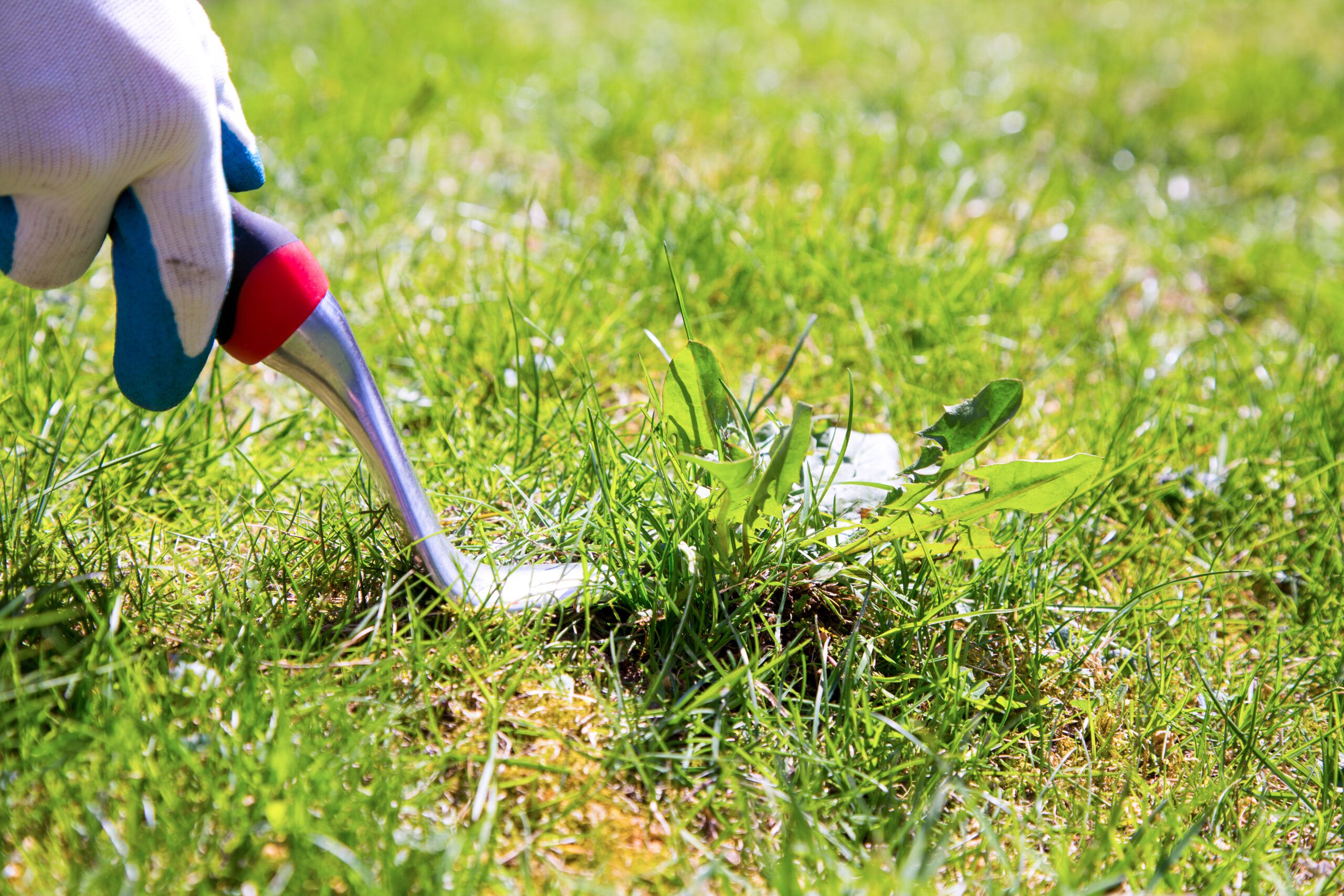
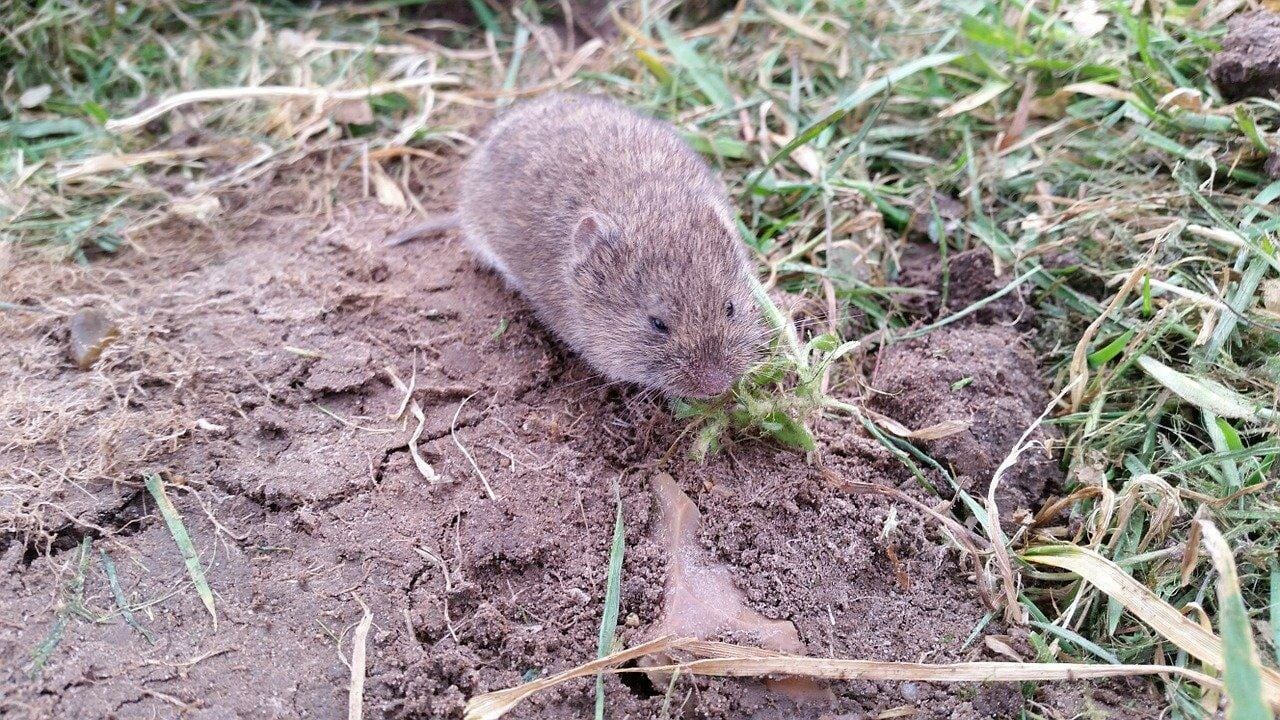
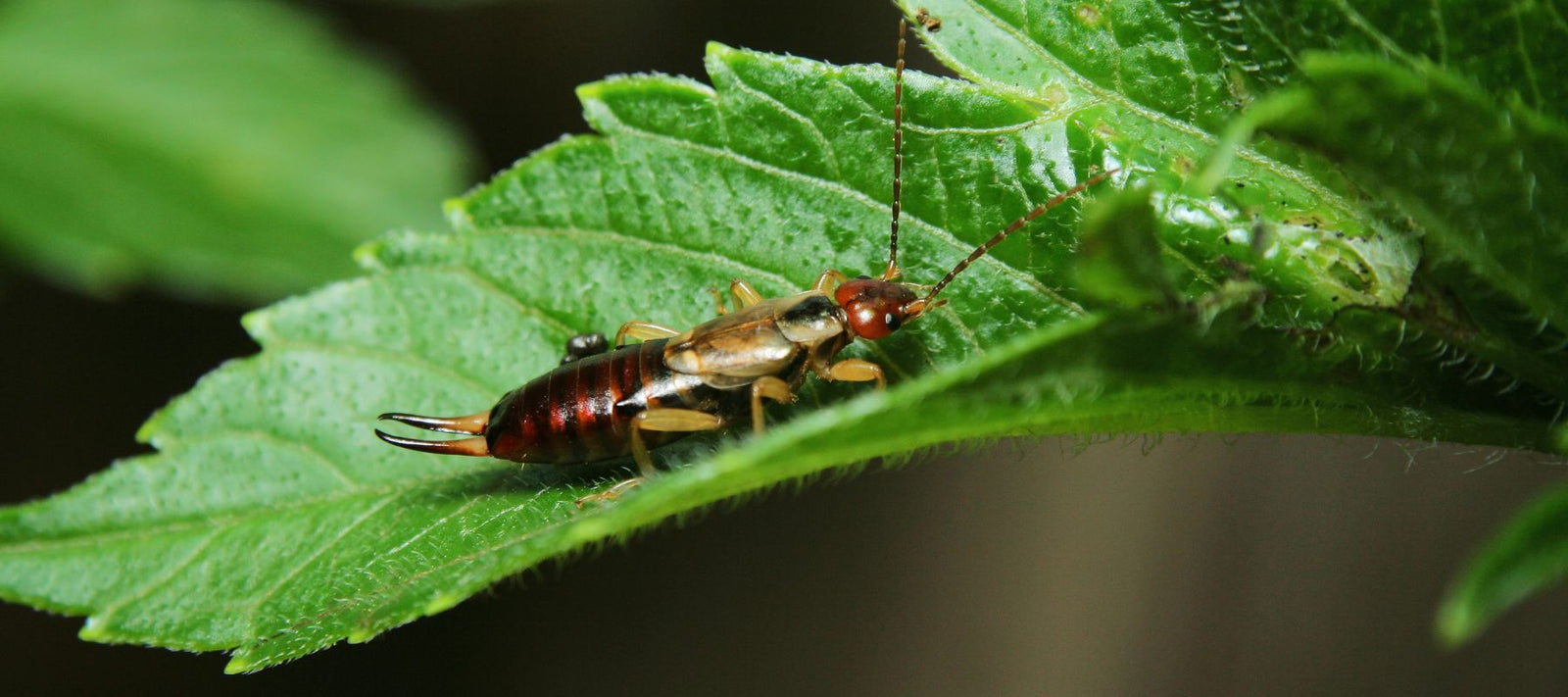
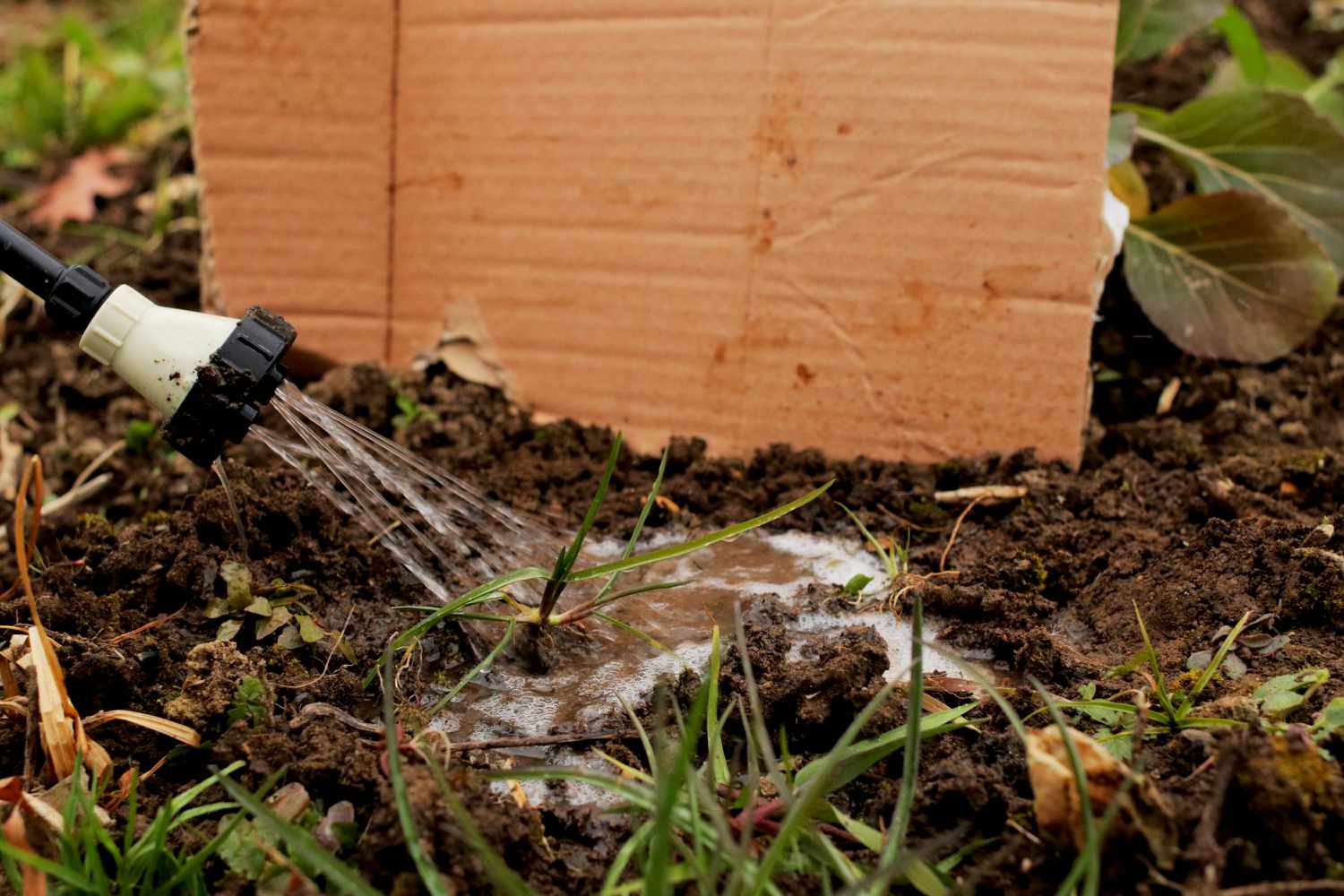







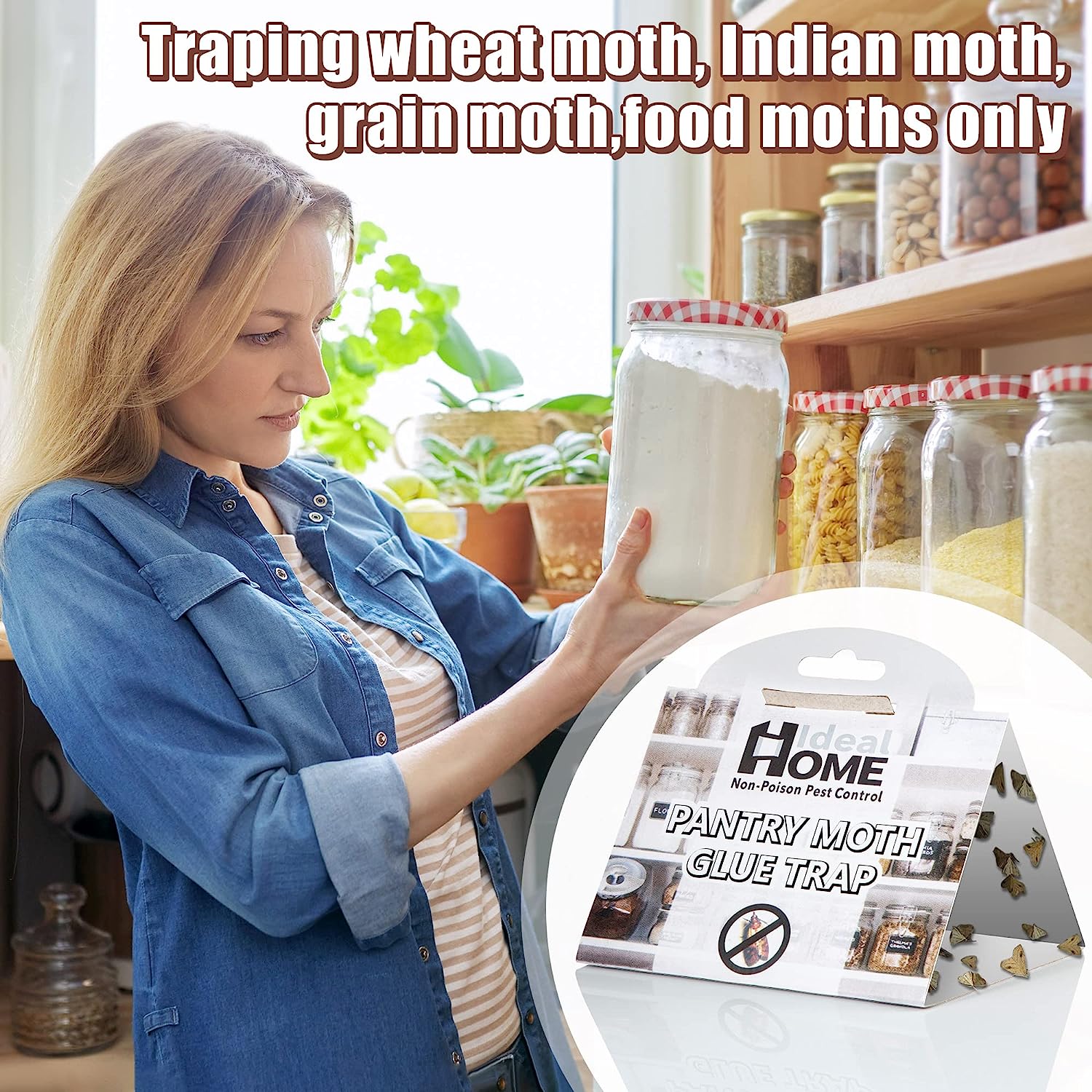
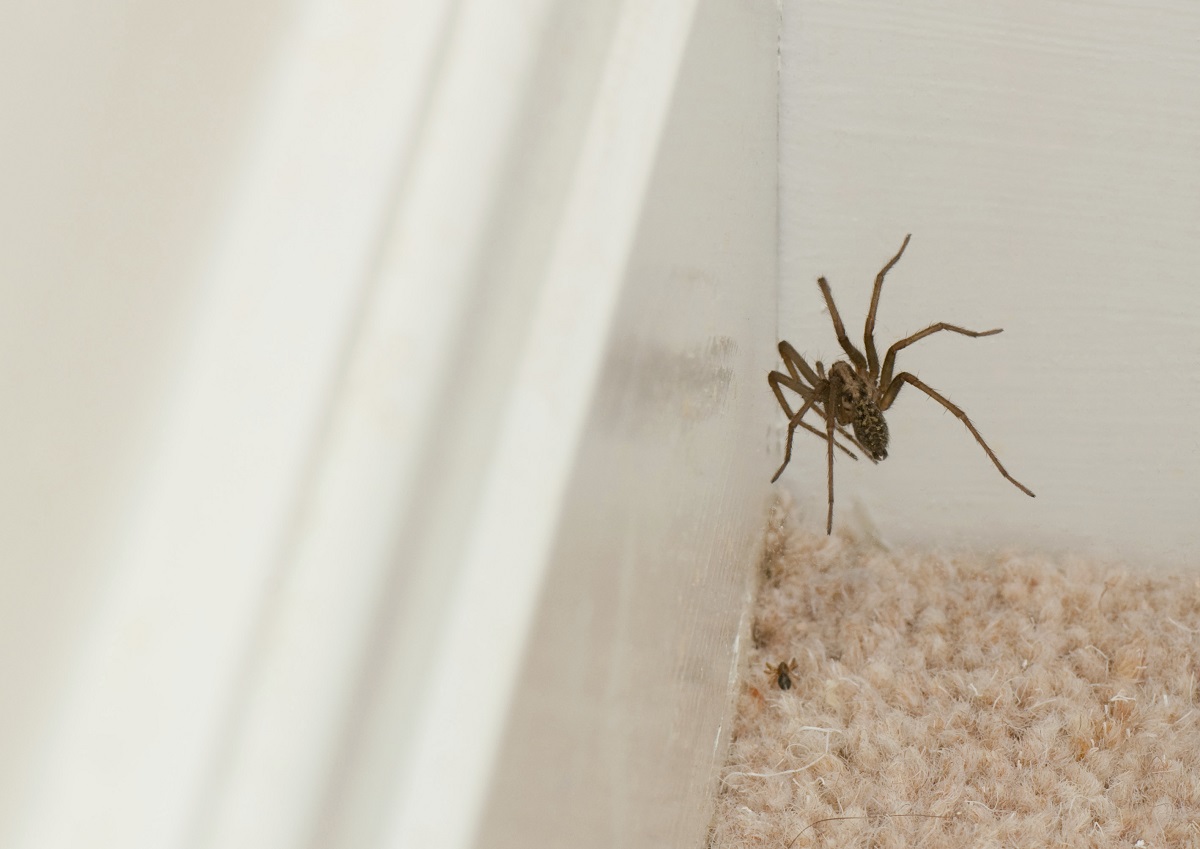

0 thoughts on “How To Get Rid Of Moles In The Garden”